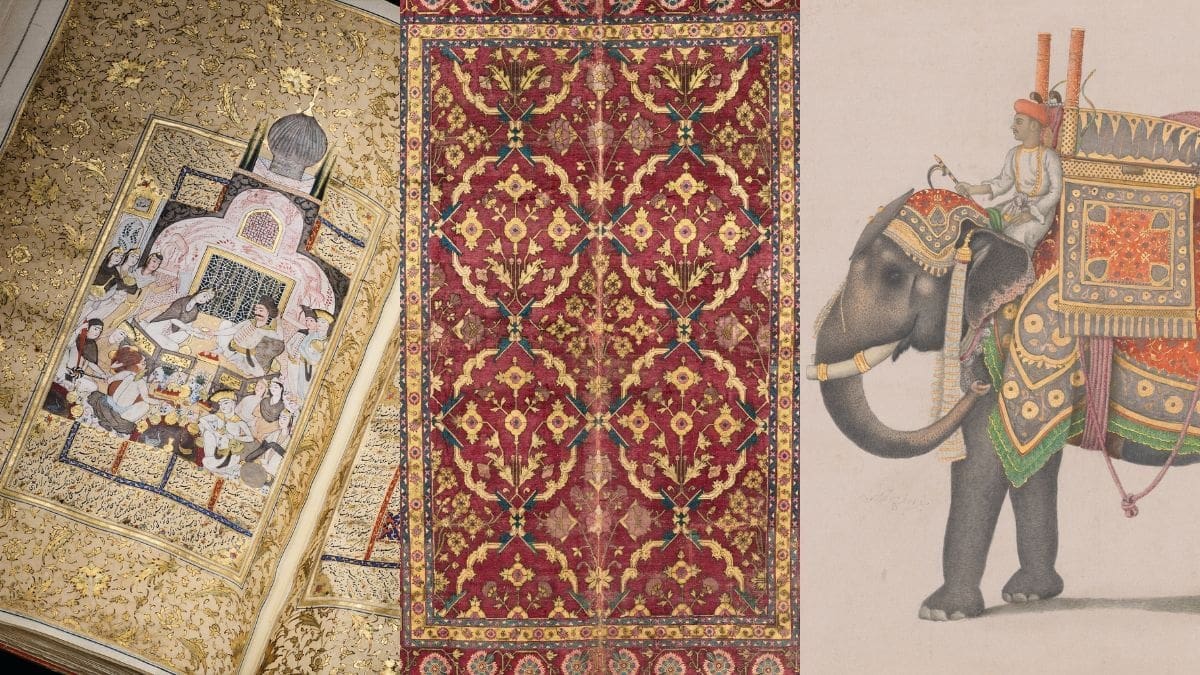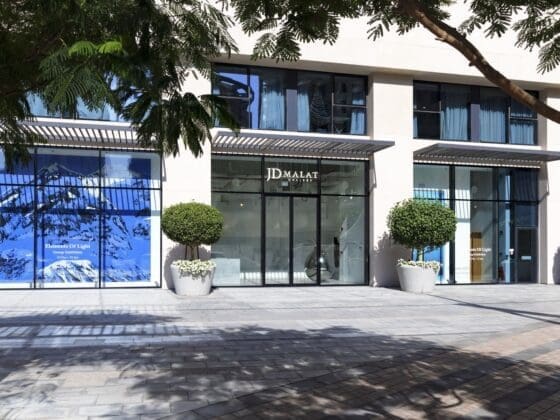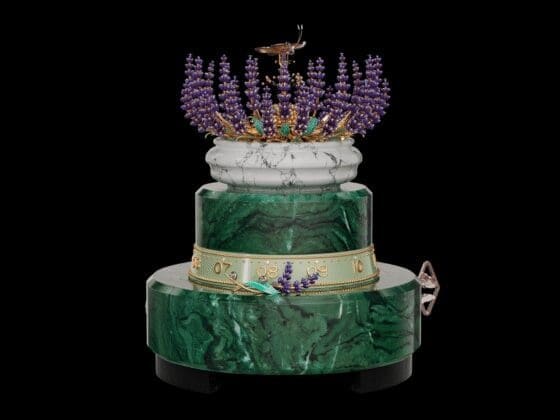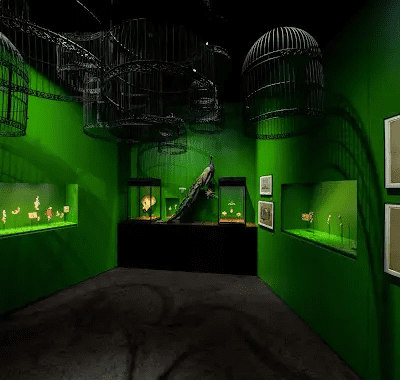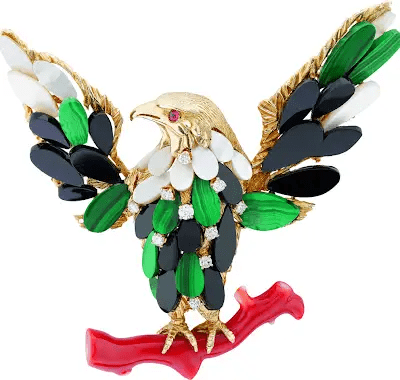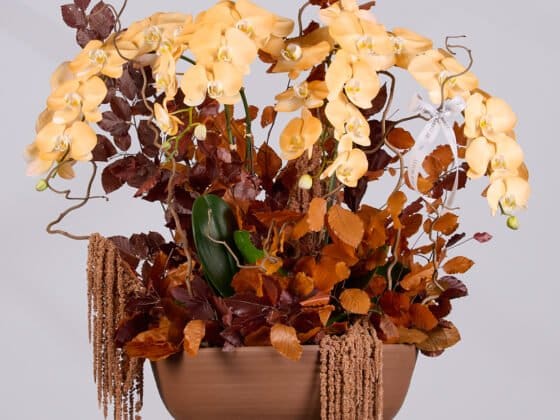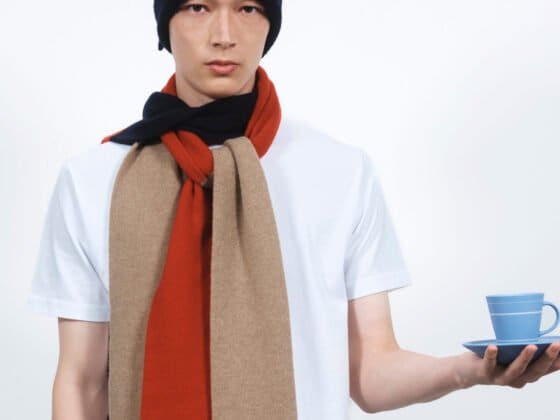The bi-annual Art of the Islamic and Indian Worlds sale, which also includes a Rugs and Carpets section, will be held via a live auction at Christie’s London headquarters on 25 April. This season, the sale offers a curated selection of 261 lots including four unique collections.
Works include paintings, ceramics, metalwork, works on paper, arms, textiles and rugs and carpets from across the Islamic world, spanning the Silk Route linking China to the West. Illustrating the breadth of craftsmanship across 10 centuries, works date from the 10th century to the 20th century and cover a diversity of artistic traditions.
Commenting on the sale, Sara Plumbly, Head of Department, Art of the Islamic and Indian Worlds, said: “We are delighted to offer a wide variety of works of art from across the Islamic and Indian worlds this season. We are particularly excited about three private collections, all with long provenance, that highlight the breadth and diversity of the artistic traditions of Iran – from Safavid textiles and painting to medieval pottery. The fabulous Khamsa of Nizami meanwhile is a demonstration of the absolute height of manuscript production in the early 17th century.”
Highlights: Art of The Islamic And Indian Worlds Sale

A rare and complete illustrated manuscript copy of the Khamsa of Nizami (d.1209) together with the Khamsa of Amir Khusraw Dihlavi (d.1325). This splendid manuscript copy of the two Khamsas is an outstanding example of Safavid manuscript production in the first half of the 17th century. Dated AH1033 or 14 September 1624 AD, and AH1035 or 15 July 1626 AD respectively. Estimate: US$640,000-890,000).



An exceptionally rare, large Safavid figural velvet panel, from the first third of the 17th century, Iran. It depicts the motif of a mother and a child standing by a cypress and a pomegranate tree repeated three times completely. The two upper thirds and the lower third of the figure are truncated at the top and bottom.
Armenian Christians played a vital role in the Safavid silk trade, with the primary trade route leading from the southern Caspian coast, where silks were produced, via Armenian towns such as Julfa, to the Black Sea coast, where they were shipped to Europe. This example is among the finest Safavid velvets and an early example of an industry that flourished in the 17th century. Estimate US$510,000-760,000.

A Watercolour Album depicting a selection of known prestigious and rare Iznik ceramics from the Louis Houth collection signed by Alan Barlow, who was also a collector in this field, U.K. circa 1900. The album comprises forty-four single and double-page watercolour paintings of Iznik bowls, flasks, ewers and dishes. Nearly all the Iznik vessels painted in the album are now in some of the most prestigious institutions around the world including the British Museum and the V&A. Estimate US$26,000-38,000.
The Elephant Mawla Bakhsh by a ‘Fraser Album’ artist, Delhi, India (1815-19). The ‘Fraser Album’ is a collection considered to comprise some of the most important paintings in the Company School style, painted in India by artists in the 19th century, which were commissioned by British patrons. Estimate: US$230,000-280,000

Highlights: Rugs And Carpets Sale
The sale includes over 100 rare and collectable rugs and carpets, with examples spanning the silk route from the oasis towns in western China to the shores of the Bosphorus in Istanbul.

Leading the Rugs And Carpets sale is a rare Mughal silk rug from the Deccan region of South India, early 18th century. This rig was formerly in the collection of Senator William A. Clark. In 1910, he gifted it to the Corcoran Museum of Art, Washington. Estimate: US$160,000-200,000.
The highlight collection of the sale is ‘Sultans of Silk’ by George Farrow, with more than 40 finely woven silk carpets being offered. George Farrow (1916-2001) was a British collector whose passion for silk rugs led to an expansive collection, many of which were published and permanently displayed in a private museum within his home in Jersey, Channel Islands.
The collection comprises a variety of silk weavings from different origins while focusing particularly on the fine Koum Kapi Turkish weavings produced in the workshops of the Armenian master weavers, Hagop Kapoudjian (d.1938) and Zareh Penyamin (d.1949) at the turn of the 20th century.

Three examples from the ‘Sultans of Silk’ are presented above. On the left, is an impressive silk and metal-thread Koum Kapi prayer rug, signed by the master weaver Zareh Penyamin, circa 1920. Estimate: US$ 64,000-89,000.
In the centre is a striking silk and metal-thread Hagop Kapoudjian rug of Safavid-inspired design, circa 1920. Estimate: US$26,000-38,000. On the right is a beautifully preserved, silk Yarkand carpet from East Turkestan, the first half of the 19th century, featuring the ‘Pomegranate’ design. Estimate: US$32,000-45,000.
Note: All images shown here are credited to Christie’s Images Ltd. 2024, and the respective copyright holders.

